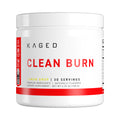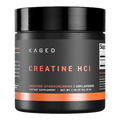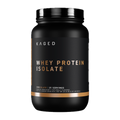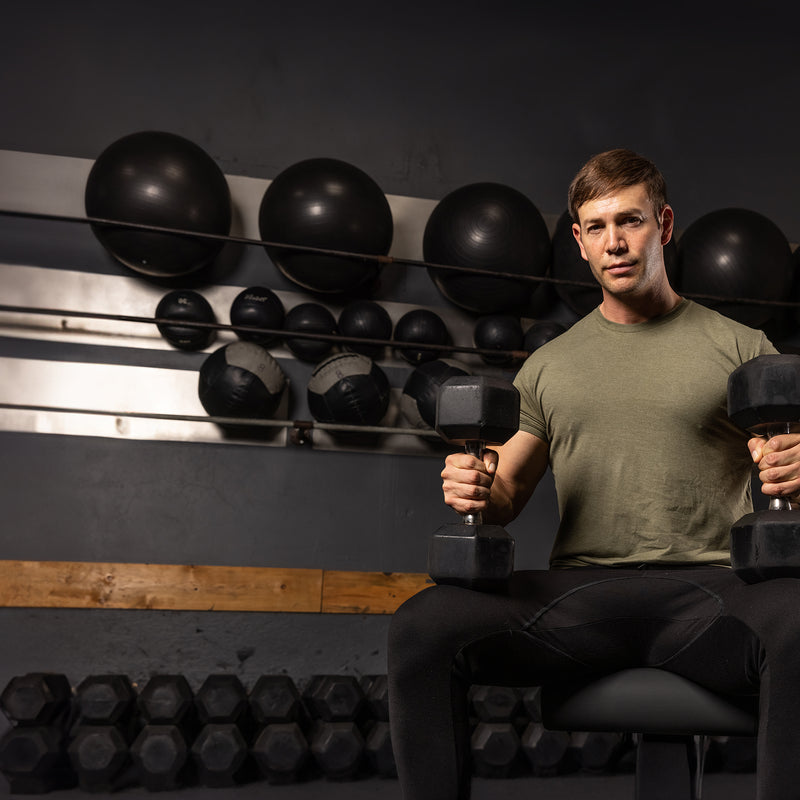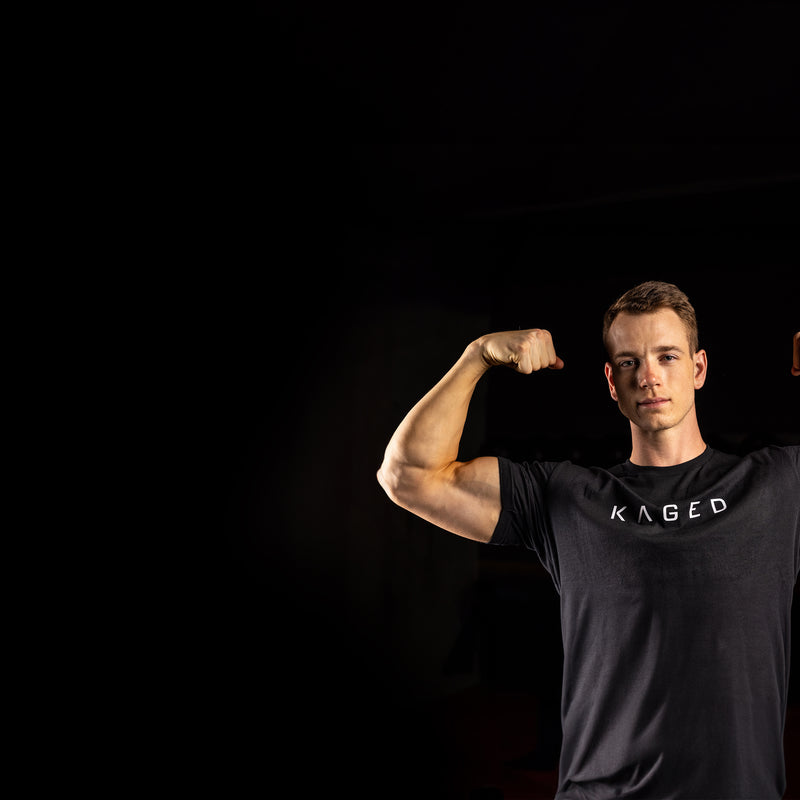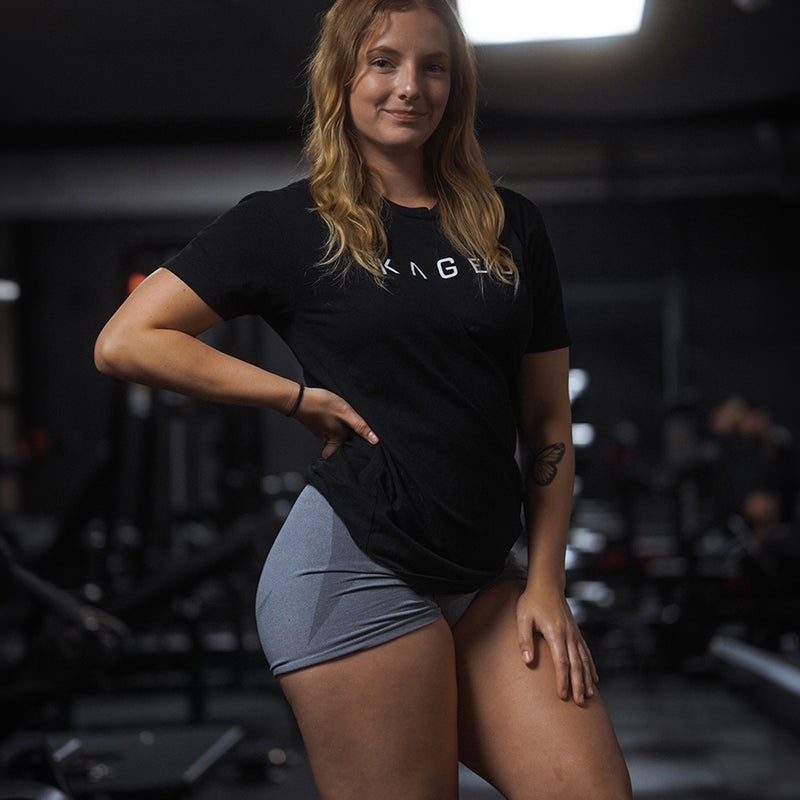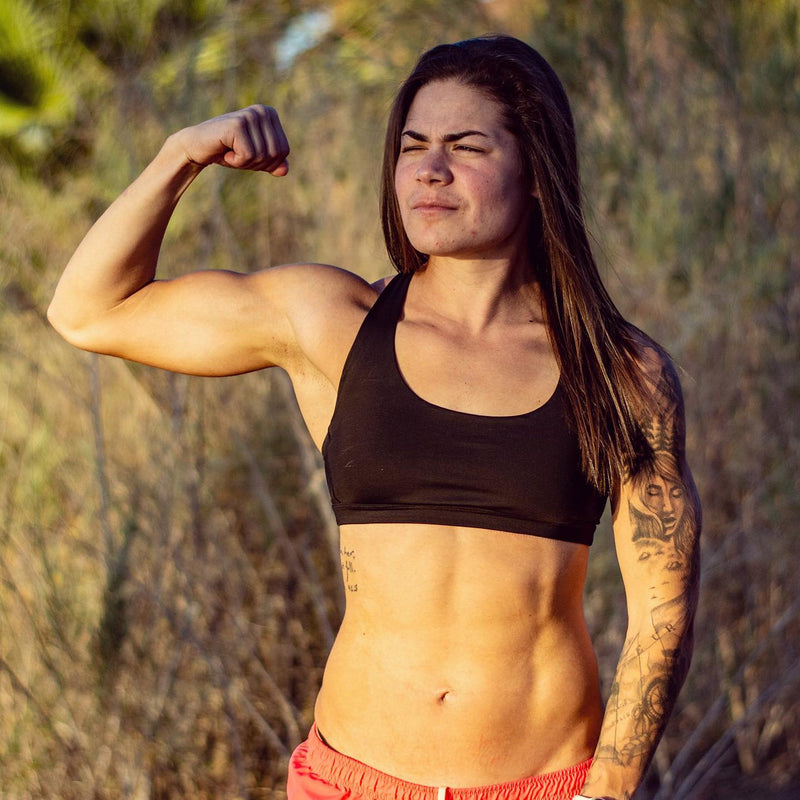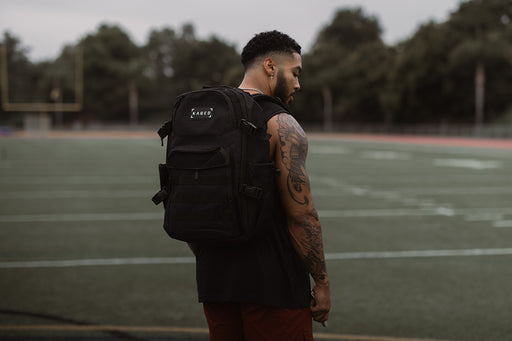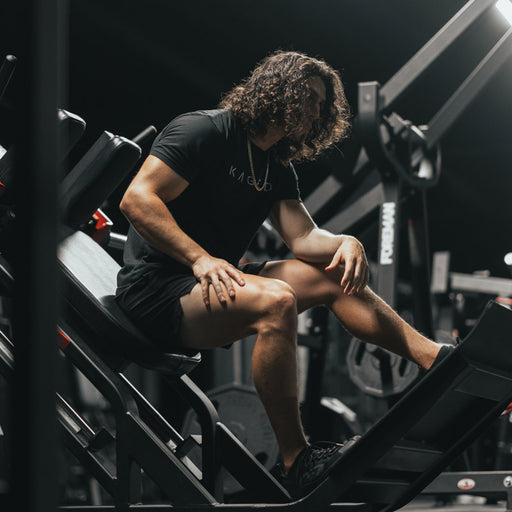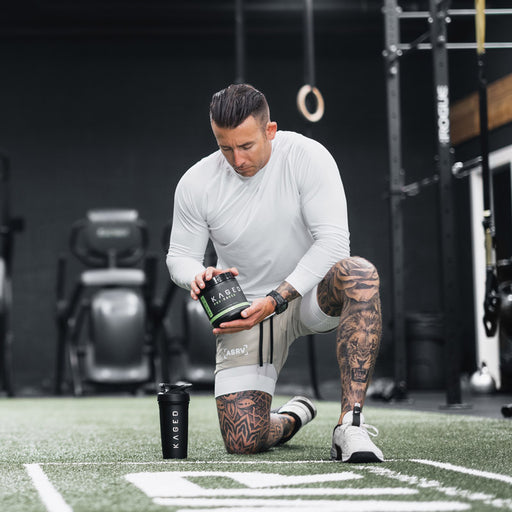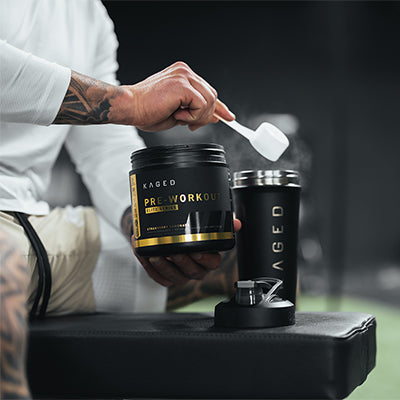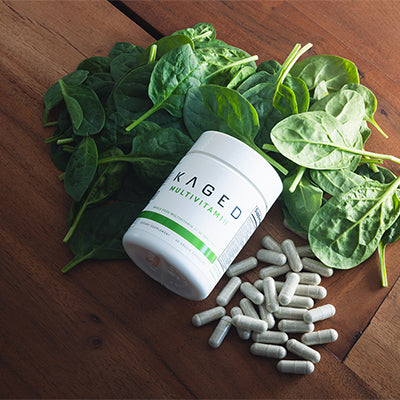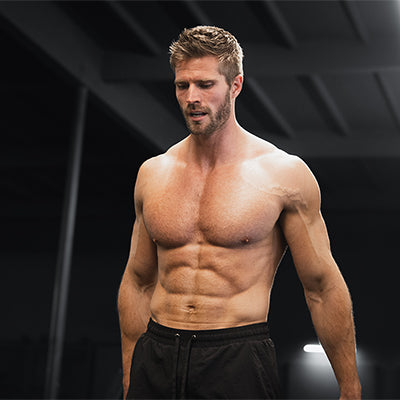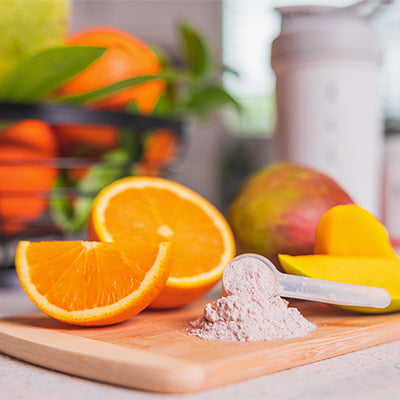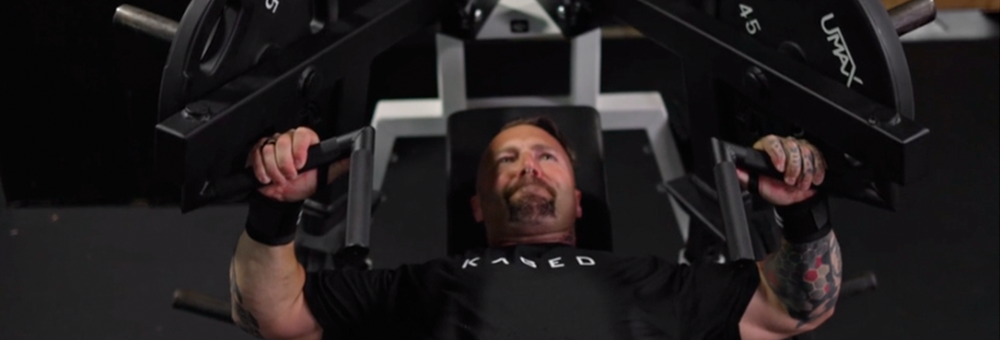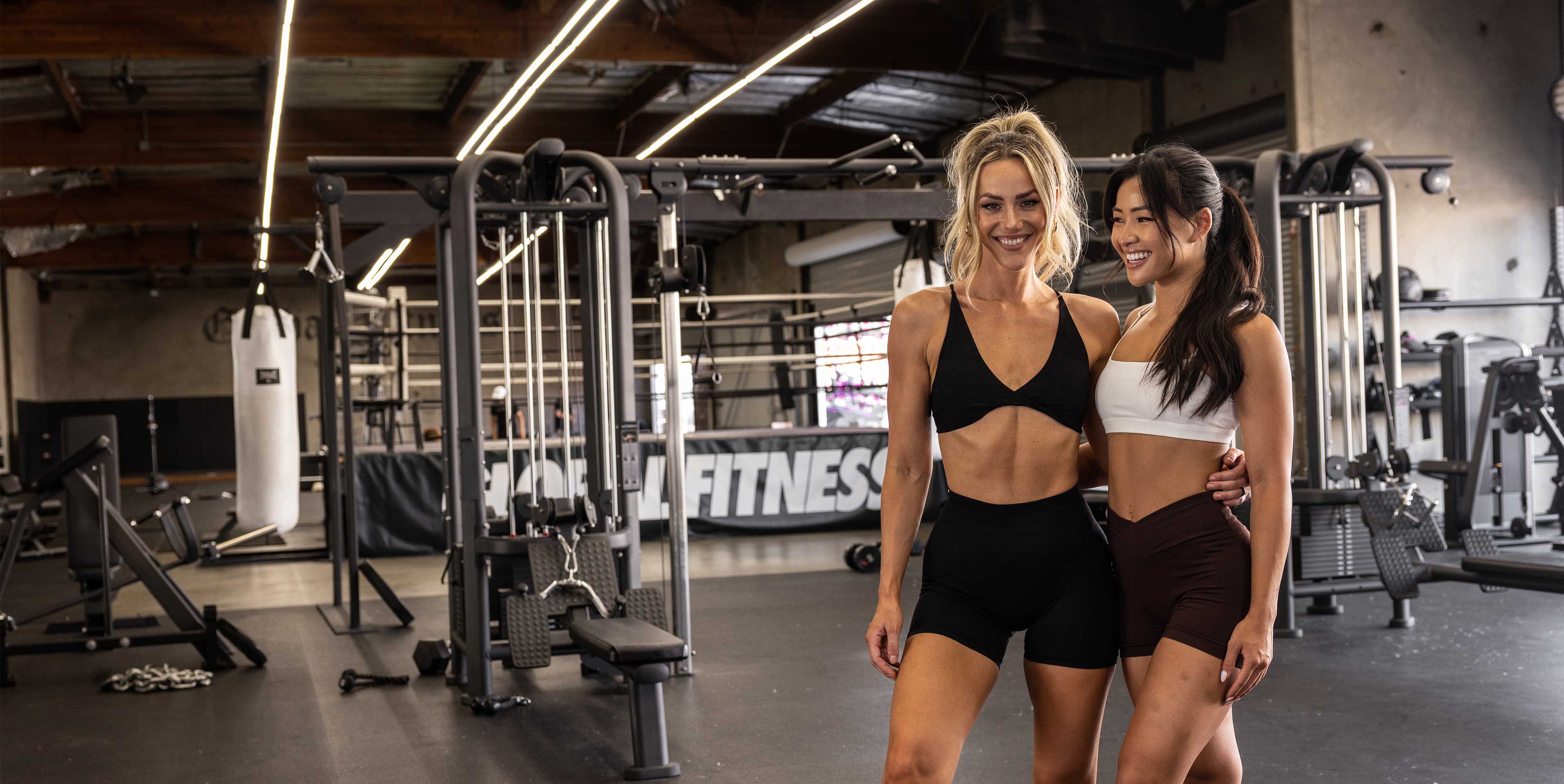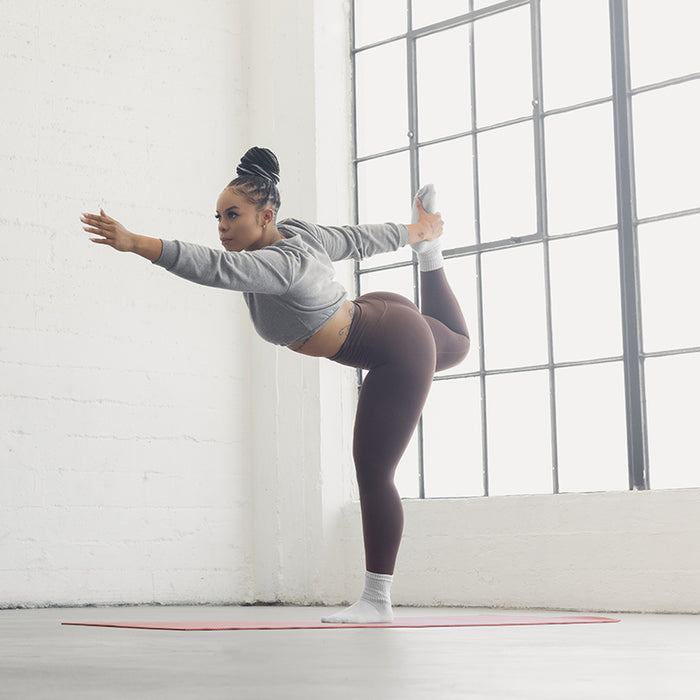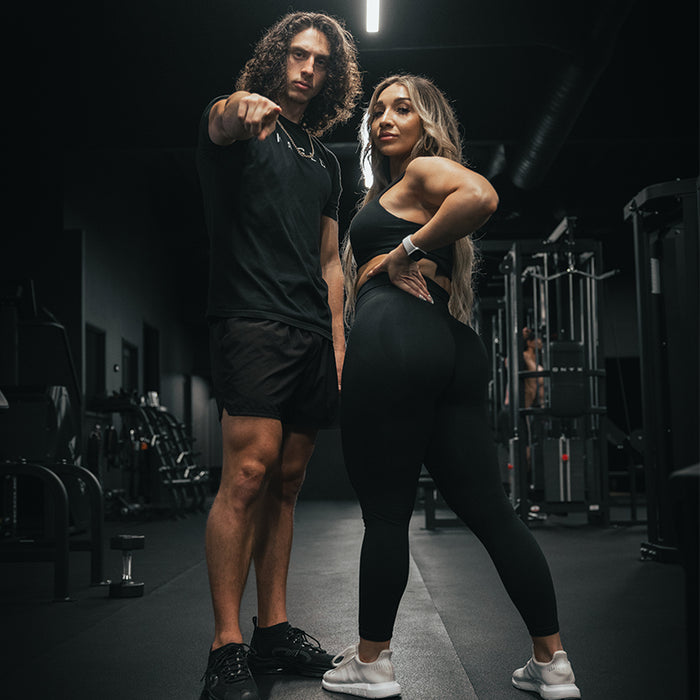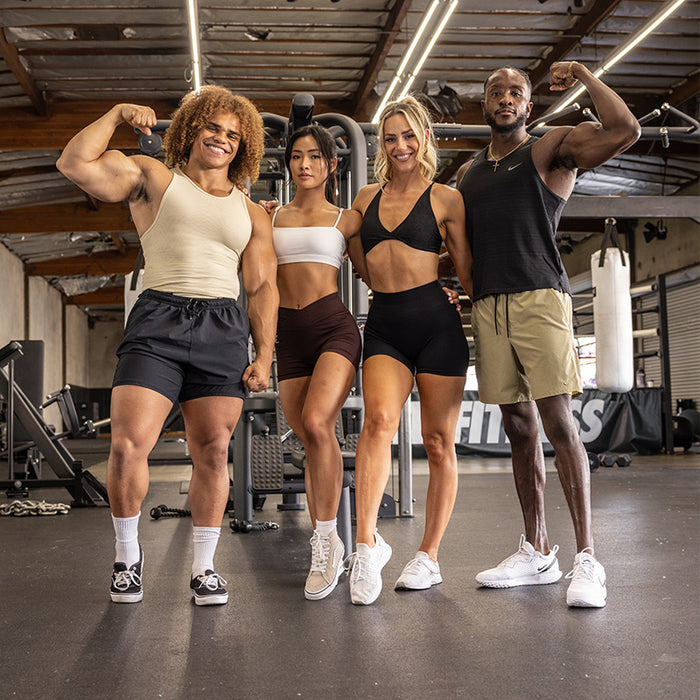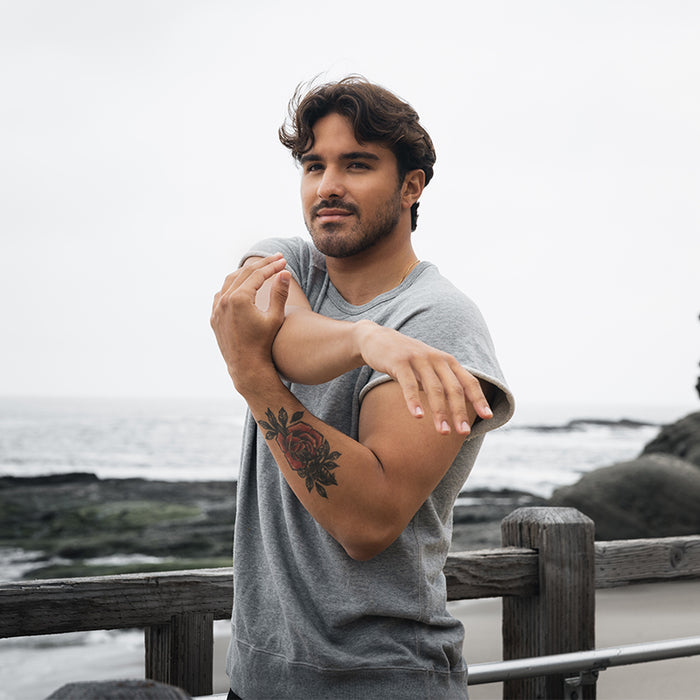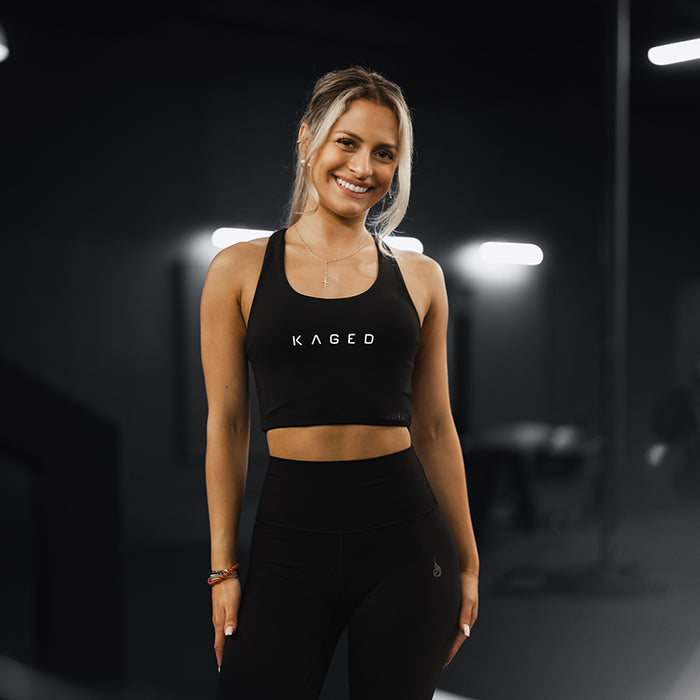Ready to carve out delts that complete your physique? Strong, shapely shoulders help form that X-shape look that so many guys and some gals are going for in the gym. When it comes to training shoulders though, you need a very precise game plan to see the optimal results you’re looking for.
Train incorrectly and you might just find yourself sidelined due to injury or frustrated because of lack of results.
With these five tips, neither of those will happen. Let’s look at five ways that you can improve your shoulder training head-on.
Warm Up Your Rotator Cuff’s First
A good warm-up is essential when hitting the gym to train shoulders. Because so many rotator cuff muscles are involved in every single movement you make while doing this exercise, if any of them are tight, you have a high risk of strain or discomfort as you go into your lifts.
Take a few minutes and perform some internal and external rotations with a five pound weight. While this may feel like a ‘waste of your time’, it won’t be. It’ll ensure that when you sit on the bench to perform your first overhead heavy lift, you aren’t struck by pain in the process.
In addition to this, you may want to also devote some time to strengthening your rotator cuff muscles with weighted internal and external rotations towards the end of your workout. This can help prevent injuries down the line.
Change Up Your Overhead Pressing Choice
To be considered a good shoulder workout, one must be focusing on overhead pressing exercises. This said, don’t let yourself fall too much into routine. Change things up from time to time between seated dumbbell presses, seated barbell presses, as well as both standing dumbbell and barbell presses.
When you’re stuck in a plateau, you can also focus on landmine overhead presses as well as a seated press using a hammer strength machine.
Attacking your delts from all angles will help ensure they aren’t hitting a plateau at any point, but rather, keep on getting stronger.
Pay Attention to Your Hand Positioning
As you do your seated dumbbell presses, also make note of your hand position. While the standard shoulder press involves using a palms forward hand position, don’t be afraid to add in Arnold presses from time to time. This simple change in wrist positioning can stimulate the muscles in a new manner, bringing on additional results that you wouldn’t have otherwise seen.
Likewise, when doing lateral raises, consider an offset grip. Place the hands slightly forward on the handle of the dumbbell and as you execute the movement pattern, remember to lead with the elbows, keeping the pinky higher than the thumb. This will ensure you really feel it in those lateral delts, while also giving you more rear delt activation as well.
Shock Your Delts With Drop Sets
After your heavy compound exercises are finished, it’ll be time to move on to the lighter weight, lateral, front, and rear delt raises. These are great for bringing on maximum muscle definition and shape.
Since these are such isolated exercises, you’re unlikely to ever lift all that heavy, thus you need to find alternative ways to shock the body.
Drop sets provide a great solution. Work your way down the rack, performing three to five drop sets until you can barely lift your arms up to the side. It’s a great way to induce maximum fatigue, which will yield maximum muscularity.
Know Your Weak Points
Finally, be sure that you do address your weak point. Most guys in the gym are going to be weakest with their rear delts as it’s the one muscle group that’s often neglected.
While you will hit your rear delts when doing rows and deadlifts, they aren’t getting the same direct stimulation like your front and side delts generally get.
Rear delt raises are excellent for working this muscle group, as are face pulls. Face pulls are an often overlooked exercise, but one that can yield excellent results and really change the entire look of your physique.
When your rear delts are not developed enough, the front of your shoulders can pull forward, changing your overall posture and spinal column alignment. This not only impacts the way you look, but can also impact performance as well.
It’s important to know which muscle groups you may be weaker in than the others and ensure that you take steps to bring those muscles up so the imbalance is no longer present.
So there you have five tips to help you get more from every shoulder workout you do. Your shoulders are a very predominant muscle group in the body, so be sure that you attack them with the same determination and focus as you would chest, back, or legs.

